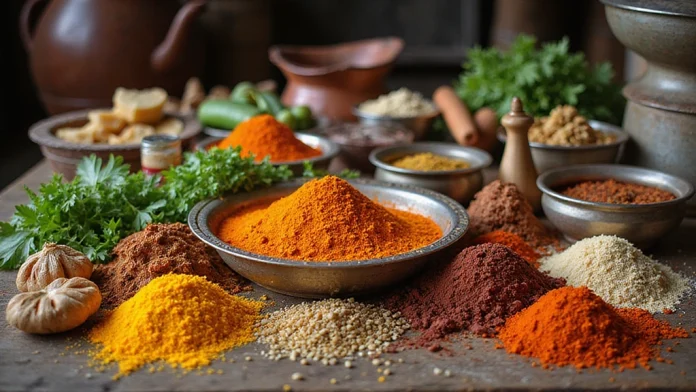11 Traditional Indian Cooking Techniques You Need to Master
India is a land of rich culinary diversity, where every state boasts its own unique cooking traditions and techniques.
From the bustling streets of Delhi to the serene landscapes of Kerala, Indian cuisine tells stories through its flavors, aromas, and textures.
Mastering traditional cooking methods allows you to recreate authentic Indian dishes in your kitchen, bringing the essence of India right to your dining table.
So, whether you’re an aspiring chef or just someone who loves food, these 11 traditional Indian cooking techniques will give you the skills and confidence to elevate your culinary game to new heights.
1. Dum Cooking

Dum cooking is a slow-cooking method that seals in flavors and aromas, often used in dishes like biryanis and slow-cooked meats.
The magic lies in the use of a heavy lid that creates a seal, allowing steam to circulate and infuse the ingredients with rich spices.
To master dum cooking, start by marinating your meats with yogurt and spices. The marination not only adds flavor but also tenderizes the meat. Next, layer your marinated meat with partially cooked rice, and seal the pot tightly.
Cook on low heat, allowing the flavors to meld beautifully over time. Don’t forget to check occasionally to avoid burning, but the results — juicy, aromatic dishes — are well worth the wait.
Use a tava (griddle) underneath the pot to distribute heat evenly.
This technique showcases the depth of Indian culinary wisdom and results in heartwarming meals that bring family and friends together.
2. Tandoori Cooking
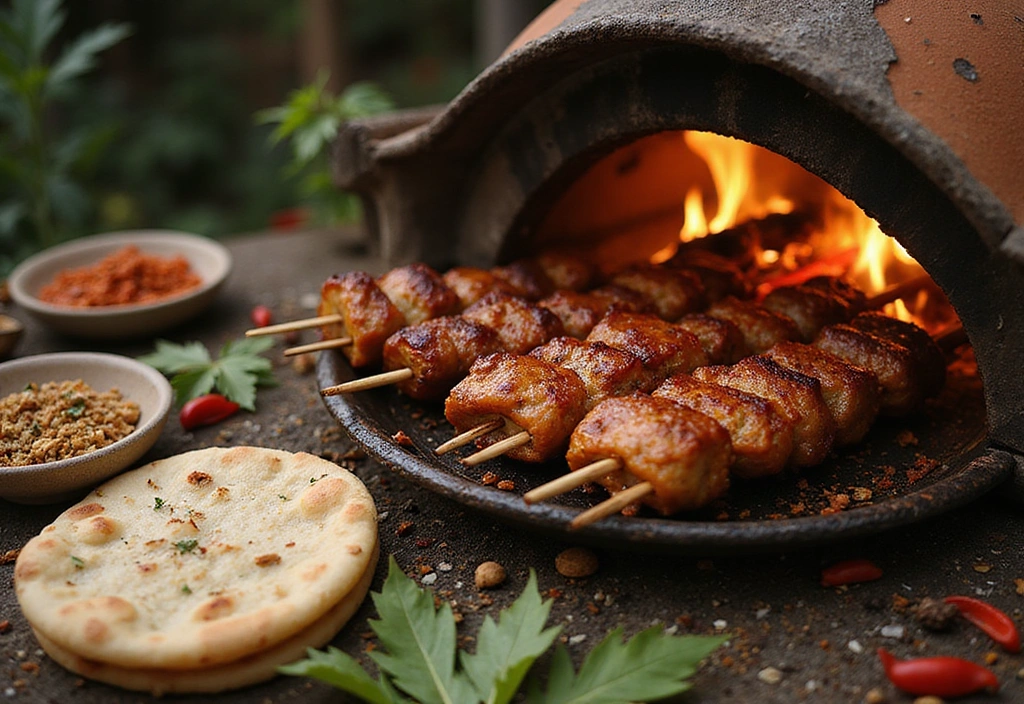
The tandoor is a traditional clay oven that gives tandoori dishes their distinctive flavor and texture.
When you cook marinated meats or breads in a tandoor, the high heat caramelizes the exterior while keeping the inside tender and juicy.
To try this at home, you can use a stovetop tandoor or even an oven. Marinate your chicken or paneer with yogurt and spices like cumin, coriander, and garam masala.
Preheat your oven or stove tandoor to high heat. Skewer the marinated items and cook until charred; the smokiness will transport your taste buds straight to India!
Tandoori cooking is not just about meat; try using seasonal vegetables for a smoky, healthy treat.
Whether it’s naan or kebabs, mastering this technique will definitely impress your guests.
3. Bhuna
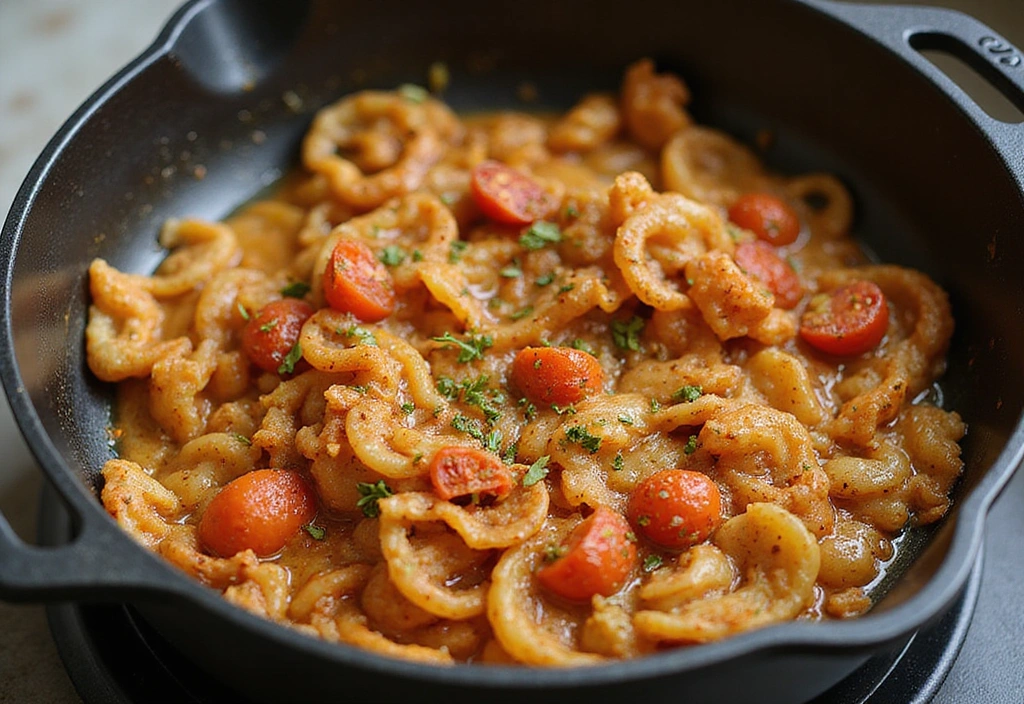
Bhuna is a method where spices are sautéed until they release their natural oils and flavors, creating a rich, fragrant base for dishes.
This technique is often used for curries and gravies and is essential to unlock the full potential of spices. Start by heating oil in a pot, adding whole spices like cumin seeds, and letting them sizzle.
Then, add finely chopped onions, ginger, and garlic, stirring until golden brown. Add chopped tomatoes and cook down until a thick paste forms. Finally, introduce your choice of meat or vegetables and cook until tender.
The key is patience; bhuna requires time to develop those complex flavors.
This technique transforms simple ingredients into a hearty, deeply satisfying dish that encapsulates the spirit of home-cooked Indian meals.
4. Tempering (Tadka)
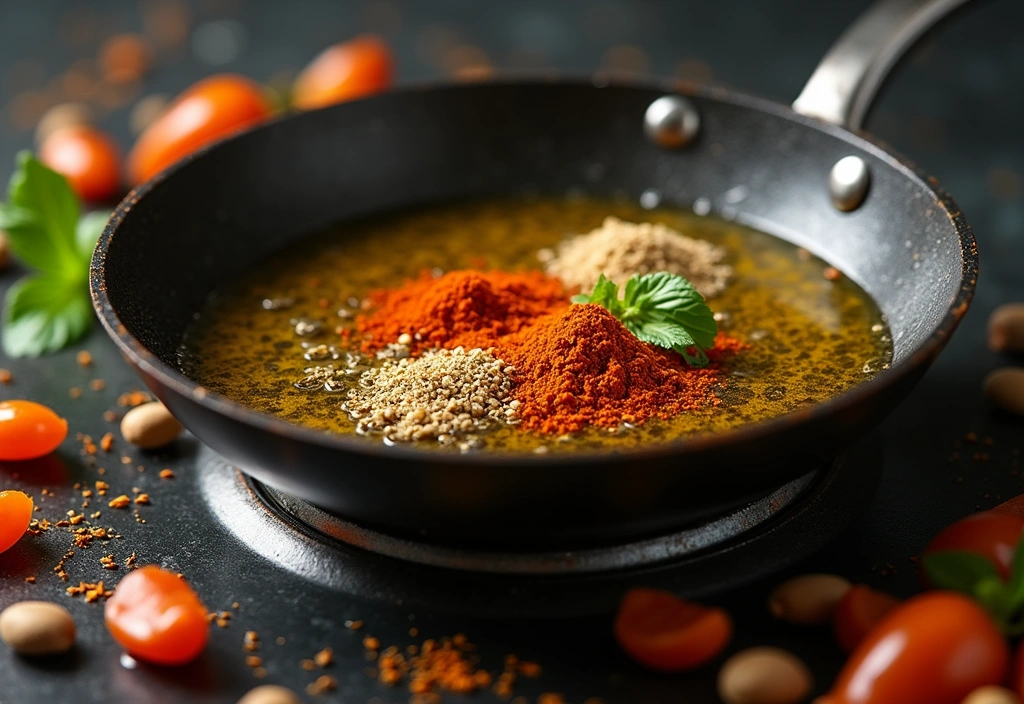
Tempering, or tadka, is a technique used to enhance the flavors of a dish by frying spices in oil or ghee before adding them to the main dish.
This method is used for dals, curries, and even some salads. Heat ghee in a small pan, and once hot, add mustard seeds or cumin seeds until they pop.
Then, add thinly sliced garlic, green chilies, or curry leaves for added flavor. Pour this hot mixture over your cooked dish, and watch the aroma bloom!
Experiment with different spices for tempering to create your unique flavor profile.
Mastering tadka can transform your dishes from ordinary to extraordinary, making it a must-learn technique in Indian cooking.
5. Steaming (Idli & Dhokla)
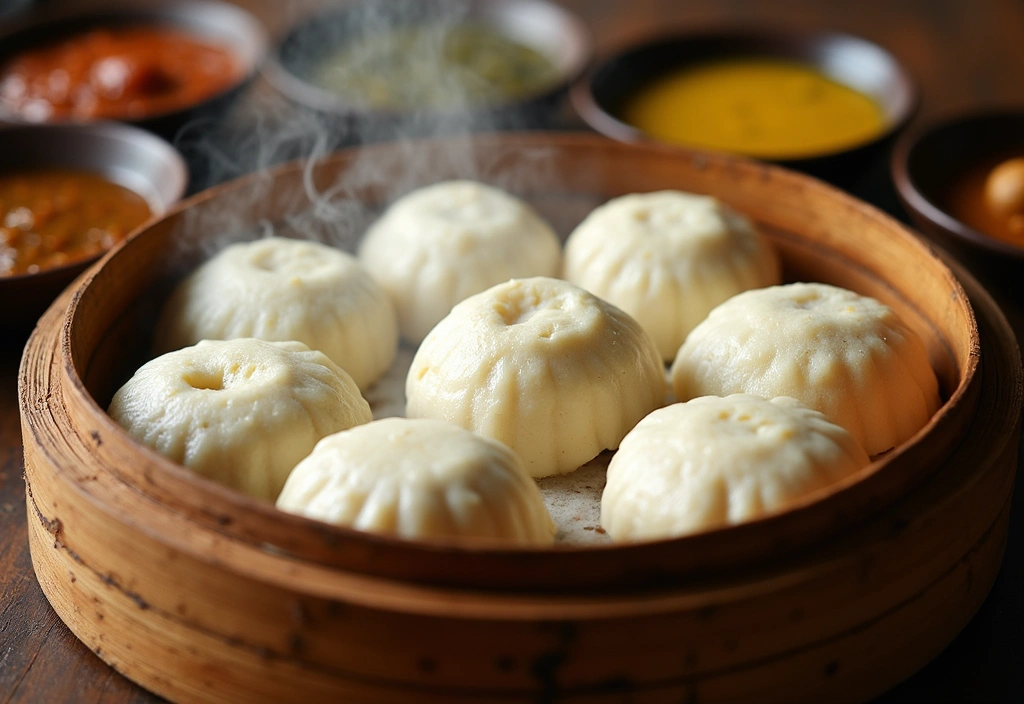
Steaming is a healthy cooking method that preserves nutrients and flavors, making it popular in Indian cuisine for dishes like idlis and dhoklas.
For idlis, a fermented batter made of rice and urad dal is poured into special molds and steamed until fluffy. These spongy rice cakes are a breakfast favorite, typically served with sambar and chutney.
Dhokla, a savory steamed cake made from chickpea flour, is equally delightful. The batter is seasoned with turmeric, green chilies, and mustard seeds, then steamed to perfection.
Adding a dash of lemon juice or vinegar enhances the fermentation process, making your idlis even fluffier.
Mastering steaming not only leads to delectable dishes but also caters to healthy eating habits.
6. Frying (Pakoras & Samosas)
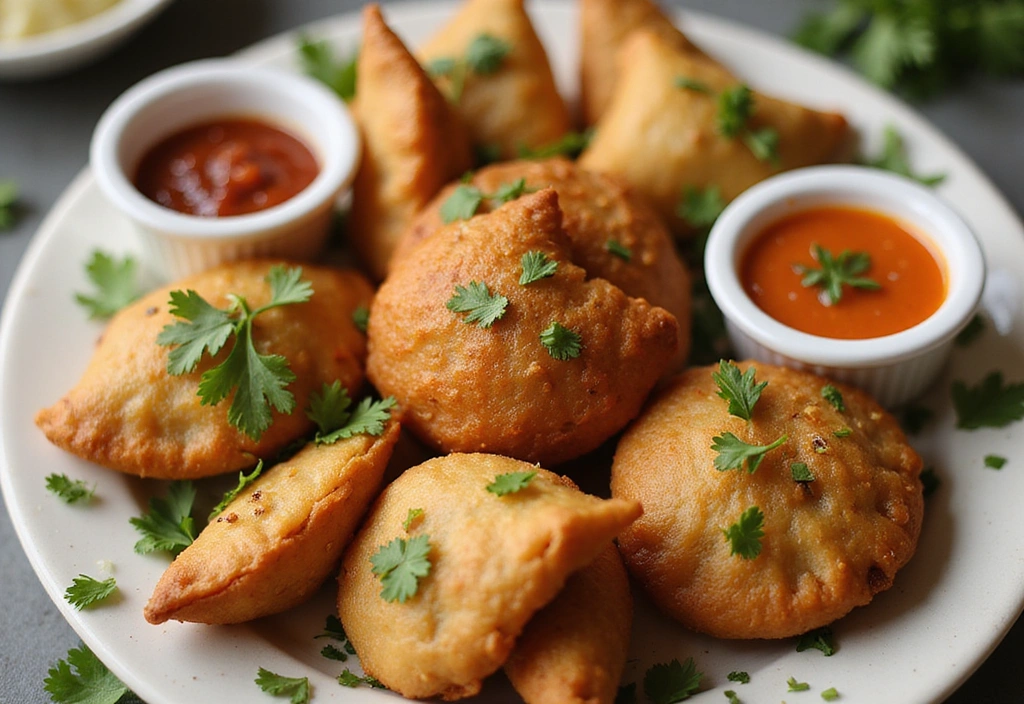
Frying is a staple cooking method in India, especially for snacks and appetizers like pakoras and samosas.
Pakoras are made by coating vegetables or meat in spiced chickpea flour and deep-frying until golden and crispy. Samosas, on the other hand, are stuffed pastries filled with spiced potatoes or lentils and then deep-fried to perfection.
To achieve that perfect crunch, make sure your oil is hot enough before adding the items. You can test this by dropping a small piece of batter into the oil; if it sizzles and rises, you’re good to go!
Avoid overcrowding the pan to ensure even cooking.
Frying might be indulgent, but occasional crispy treats can elevate any gathering, bringing joy to everyone.
7. Grilling (Seekh Kebabs)
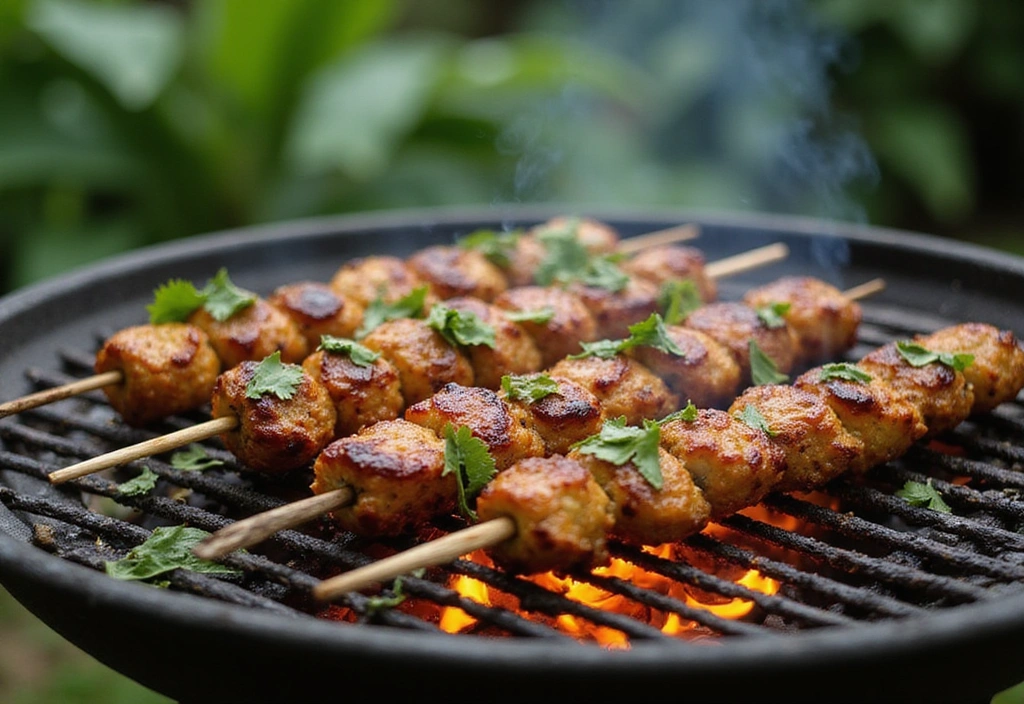
Grilling, or tikka, is a popular method in Indian barbecue cuisine, particularly for kebabs.
Seekh kebabs are made by mixing minced meat with spices and herbs, then shaping them onto skewers and grilling them for a smoky flavor. The secret is marinating the meat well in yogurt and spices, which not only adds flavor but also tenderizes it.
Grill over high heat, turning regularly to achieve a nice char.
Try adding chopped vegetables to your skewers for a colorful, flavorful addition.
The smoky taste from grilling imparts an irresistible aroma, making kebabs a go-to choice for gatherings and celebrations.
8. Poaching (Fish Curry)
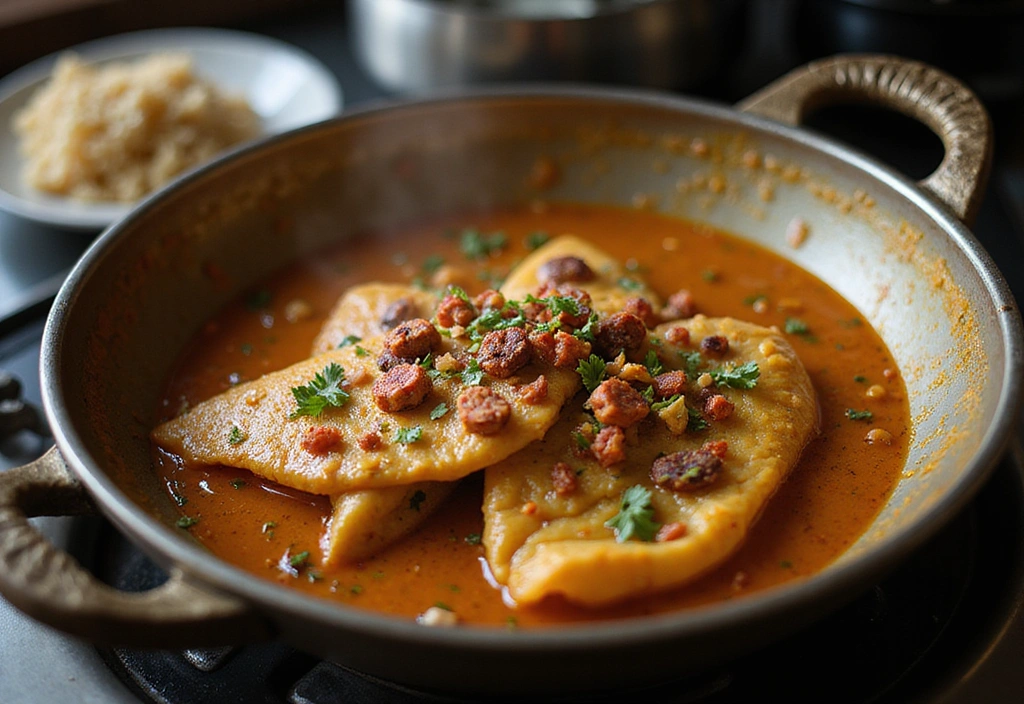
Poaching is a gentle cooking method where food is submerged in a simmering liquid, commonly used in preparing fish curries.
This technique allows fish to absorb the spices without overpowering its delicate flavor. Start with a base of coconut milk or spiced broth, bringing it to a gentle simmer.
Add your fish fillets, ensuring they’re covered with the liquid, and cook until tender.
Add a squeeze of lemon or a sprinkle of fresh coriander before serving to brighten the dish.
Poaching not only showcases the natural flavors of the ingredients but also creates a delightful experience for the palate.
9. Baking (Naan & Roti)
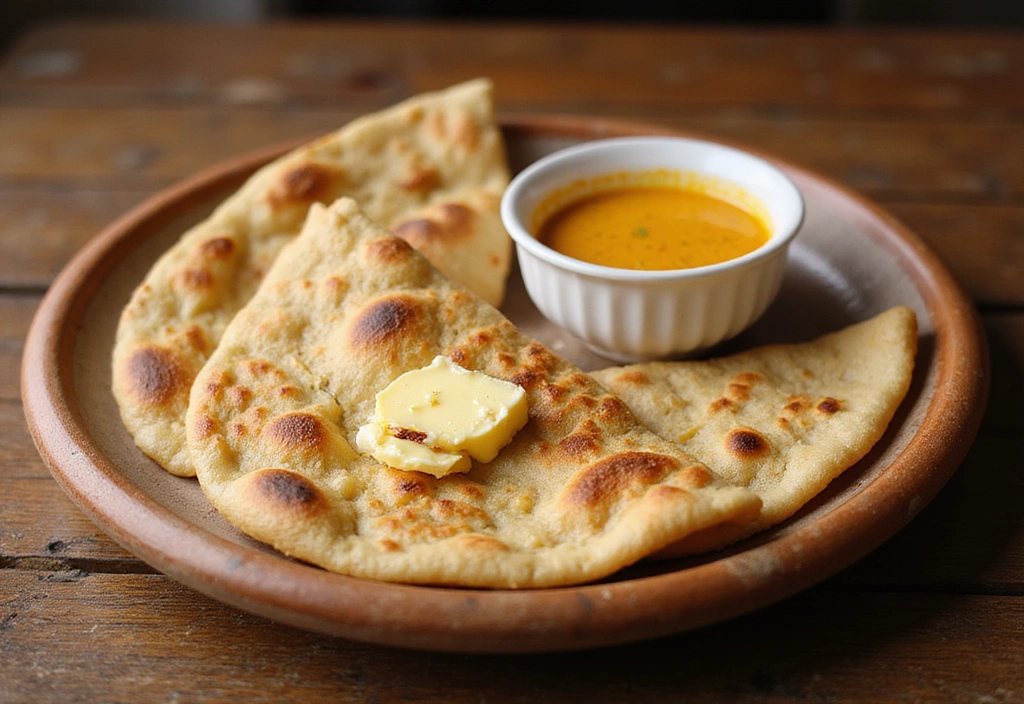
Baking is essential for making traditional Indian breads like naan and roti.
These staples accompany most Indian meals and are relatively easy to master. For naan, mix flour with yogurt, water, and a pinch of sugar, allowing it to rise. Roll it out, then cook it in a hot tandoor or cast-iron skillet until puffed and golden.
Roti is made with whole wheat flour and requires no leavening. Just roll it thinly and cook it on a hot griddle.
Experiment with flavors by adding garlic or herbs to your naan dough.
Baking breads at home fills the kitchen with warmth and serves as a perfect way to complete any Indian meal.
10. Marination (Chicken Tikka)
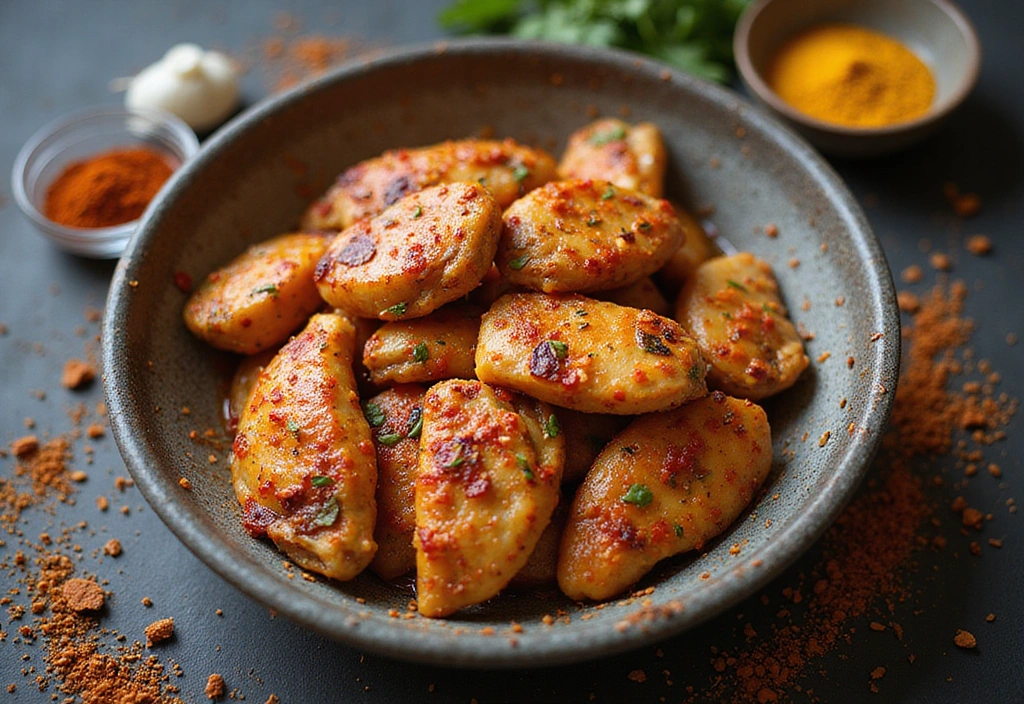
Marination is a crucial step in Indian cooking, especially for meats like chicken tikka.
This technique involves soaking the meat in a mixture of yogurt, spices, and herbs, allowing flavors to penetrate deeply. For chicken tikka, use spices like paprika, cumin, and coriander mixed into yogurt for at least a few hours, or preferably overnight.
Grill or bake the marinated chicken until charred; the result is succulent, flavorful pieces that are hard to resist.
Adding citrus juices can further enhance the tenderness and flavor of the meat.
Mastering the art of marination opens up endless possibilities for creating mouthwatering dishes.
11. Fasting Cooking Methods
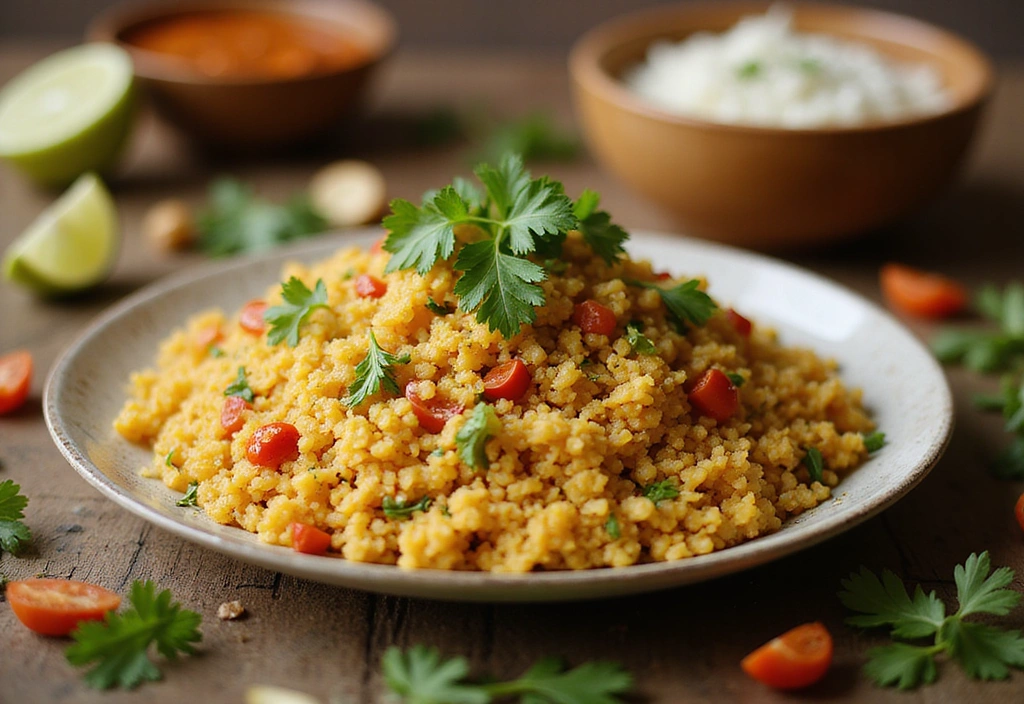
Fasting cooking methods are traditional techniques used during festivals or special occasions when certain foods are restricted.
Dishes like sabudana khichdi (tapioca pearls with spices) or aloo (potato) dishes are popular during these times. These methods focus on using fresh, natural ingredients to create satisfying meals.
Cooking sabudana involves soaking the pearls overnight before lightly frying them with spices and peanuts for crunch.
Ensure the sabudana is well-drained to avoid stickiness.
Fasting cooking methods showcase the creativity and adaptability of Indian cuisine, allowing you to enjoy flavorful meals even within dietary restrictions.
Conclusion
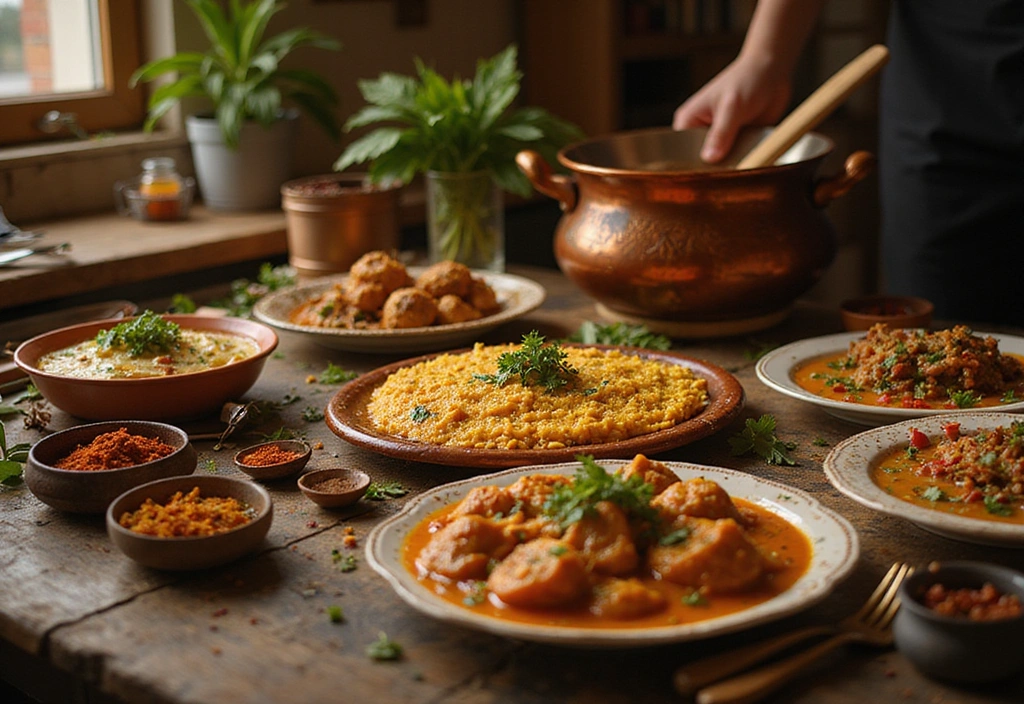
Mastering these traditional Indian cooking techniques can truly transform your culinary skills and impress everyone at your table.
Each method carries a story and history that connects you to the rich culture of India.
So, roll up your sleeves, embrace these techniques, and bring a slice of India into your kitchen! It’s time to get cooking and create some delicious memories.



















